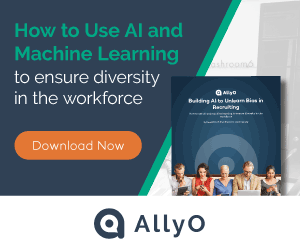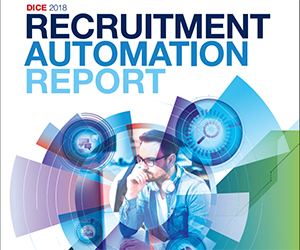New referral technology aims to help tech recruiters find vetted talent
HR Brew
DECEMBER 16, 2024
To Twill founder and CEO Michelle Volberg, instead of improving the recruiting landscape, ChatGPT and the salvo of generative-AI powered tools are actually making it more difficult for recruiters to find the right candidates and make the best hiring decisions. On Monday, the platform announced a $1.4M in pre-seed funding round.























































Let's personalize your content